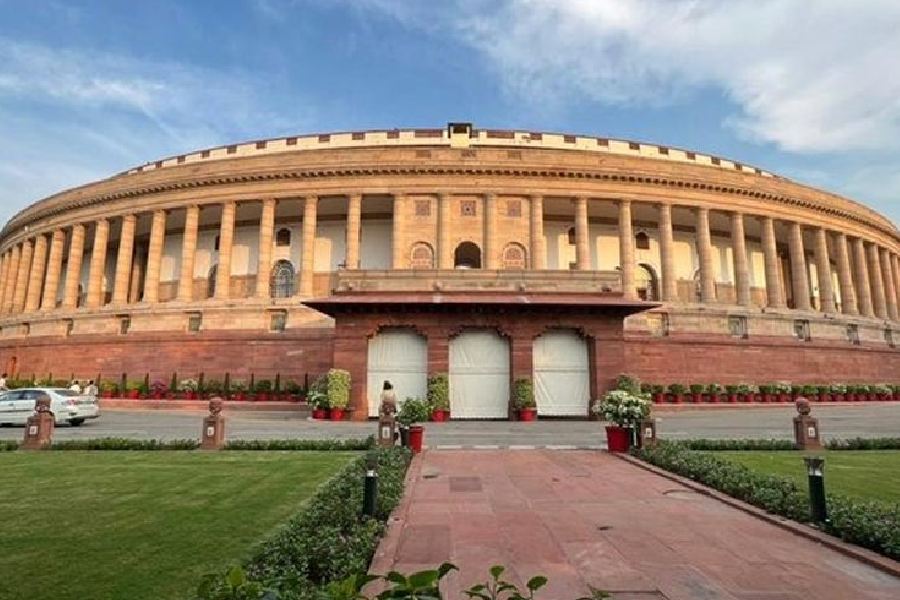The Parliament House of India: A Symbol of Democracy

The Parliament House of India, located in the heart of New Delhi on Sansad Marg, is the seat of the Parliament of India, where the Lok Sabha (House of the People) and Rajya Sabha (Council of States) meet. The building is an iconic symbol of Indian democracy and the legislative process.
Designed by the British architects Edwin Lutyens and Herbert Baker, the Parliament House was inaugurated in 1927 during British rule. The structure is an example of a fusion of Indian and Western architectural styles, combining elements of classical and indigenous designs. The circular shape of the building is particularly distinctive, representing the democratic nature of India’s political system, where every voice is important.
The Parliament House is built around a central courtyard and includes three distinct blocks: one for the Lok Sabha, one for the Rajya Sabha, and a central block for various other offices. The exterior of the building is adorned with 12 massive sandstone columns, which are a prominent feature of the building’s design. Inside, the chambers are equipped with state-of-the-art facilities to facilitate the legislative process.
The building is not just a place of legislation; it is a symbol of India’s democratic heritage. Major national events, such as the President’s address to the nation and the passing of significant laws, take place here. It is also where debates on critical issues affecting the country are held, making it the epicenter of India’s political life.
Over the years, the Parliament House has undergone various upgrades to accommodate the growing needs of the legislative process. As a critical institution in India’s governance, it remains a focal point for both political and public life.

